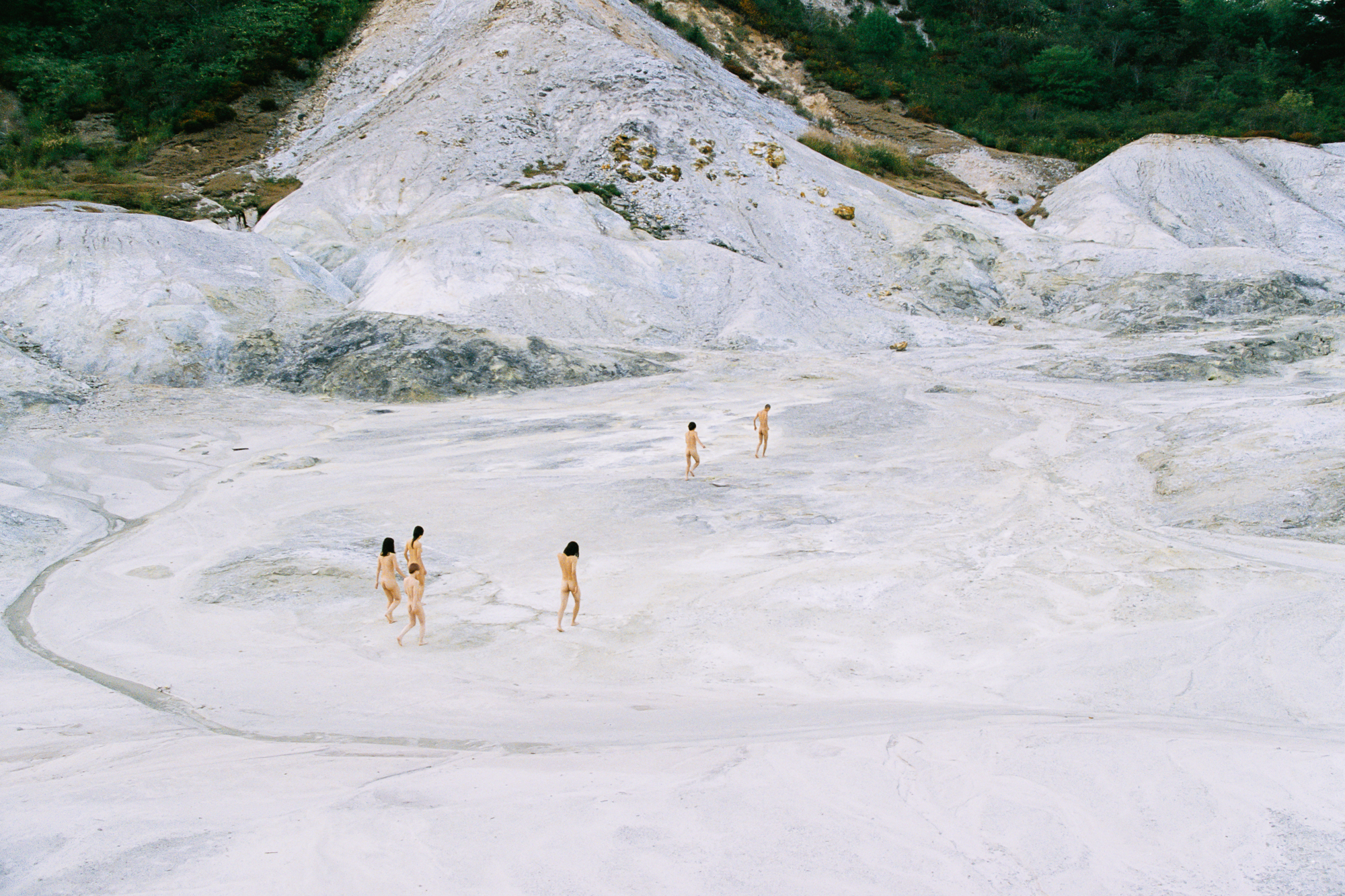The Japanese photographer Yusuke Yamatani has a track-record of making knock-out books. His first, Tsugi no yoru e (2013), a rip-roaring record of Osaka’s skate life and punk scene, sold out off the bat. Then there was Rama Lama Ding Dong (2015), a love-struck chronicle of his honeymoon voyage across Japan. In Doors (2020), he went completely nuts and snapped the hell out of his drumming performance tour around Europe. His latest, the debut publication of hip Tokyo store flotsam books, is Yusuke’s dreamiest to date: an ode to Japanese hot springs (onsen).
In common with much of his countryfolk, Yusuke has been devoted to the volcanic pools which abound in every corner of Japan. The ones he has criss-crossed the country in pursuit of are not the manmade kinds, but rather those which exist, as they are, in nature. “As I bathed in them, I began hearing the sounds of primitive times,” Yusuke says. “Then, all of a sudden, I heard the sounds of other planets.”
His subsequent trippy book — which goes by the name of ONSEN I — is a rocket ship to an alien land. The sounds which waft through it — the gentle strums of a koto that echo like the surface of water or warbling one-note drones that resemble a didgeridoo — are entrancing, but so are the photographs. Amidst the trees, burbling streams and cracked Martian dunes are the naked bodies of Yusuke’s friends. “Sometimes I go alone though,” he says. “It was a natural for me to photograph. I found total freedom.”

Hey Yusuke! How did you get into photography?
I was playing the drums in a punk band for a long time. After a while, I began feeling a bit limited in how much I could express myself within a group. My then-girlfriend gifted me a camera, and I found myself loving the simplicity of it. So, I decided to take my camera back to the places I had been playing in since I was a teenager, where my band members and skater friends gathered, in order to see where I came from. In the end, I didn’t find it that interesting to photograph my old friends as they were, so I left Tokyo for Osaka. There, I began documenting my new life and friends. This is how my first book, Tsugi no yoru e, came about.
I’ve always turned my camera towards the realities I’ve faced in my life. I love the thrill of seeing reality fixed on film, not to mention the camera’s accidental framing, which always exceeds my imagination. It makes me think about the relationship between myself and the world. I consider my photography to be both experimental and nostalgic.
How did you end up meeting the great Japanese photographer, Shomei Tomatsu?
The year was 2009. Shomei, who was preparing a big museum exhibition in Nagasaki, was living nearby. I was lucky enough to meet him and have him look at my photographs. He invited me to take 500 photographs every week and present them to him in a contact sheet. After three months, I narrowed down the 8,000 photographs to about 20 and exhibited them. Shomei was not a man of many words, but he went through the contact sheets carefully and picked out what I hadn’t selected, like the shots of asphalt and feet that I accidentally took while walking. Shomei and I lived in different times, but we also had many things in common. I still feel a strong affinity with him. For me, no photographer was as eager to explore new forms of expression, even towards the end of his life, as he was.
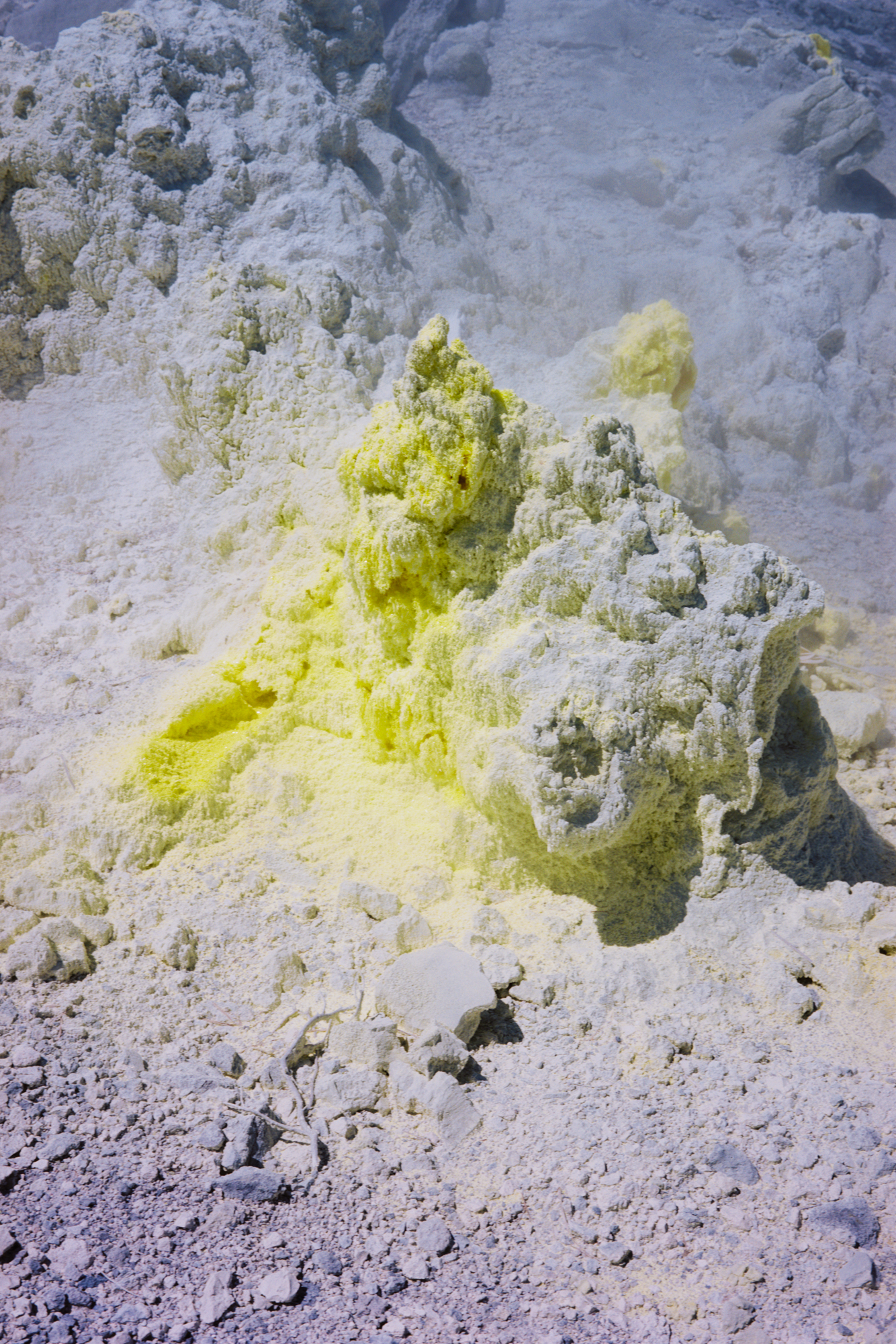
Can you remember the first time you visited an onsen?
It’s difficult for Japanese people to speak about their first onsen experience because hot springs have always been close to us since we were young children. My appreciation of onsen changed when I travelled across Japan by motorbike at the age of 22. Japan is a country of volcanoes, and volcanoes give rise to hot springs. You find them everywhere you go, so my trip ended up being a journey to every hot spring in Japan. In the process, I experienced, for the first time, a completely wild hot spring. I was struck by a landscape that hadn’t changed for thousands of years. Bathing in those steamy springs gives you the sensation of floating in a fluffy cloud, beyond the ages and planets. Because of the heat, it’s an experience that feels closer to a trip.
You’re a city boy at heart, right?
In many ways, I am. Two years ago, I left Tokyo. I am now in a city called Yokosuka, but there are not many hot springs here because of the proximity to the sea. I left Tokyo because I wasn’t going to the shops or concerts as often. My life has changed since I became a father, and I want to embrace it. That said, even though I have distanced myself from the craziness of Tokyo, I don’t want to live a life holed up in the mountains. By the way, did you know the most famous rock festival in Japan takes place in the mountains? It feels like a city during the festival! A lot of people from Tokyo go there, but I feel that the nature of meeting people in the mountains is quite different to meeting people in the city. The same goes for Glastonbury, Burning Man and other raves. I think the same can be said for onsen too.
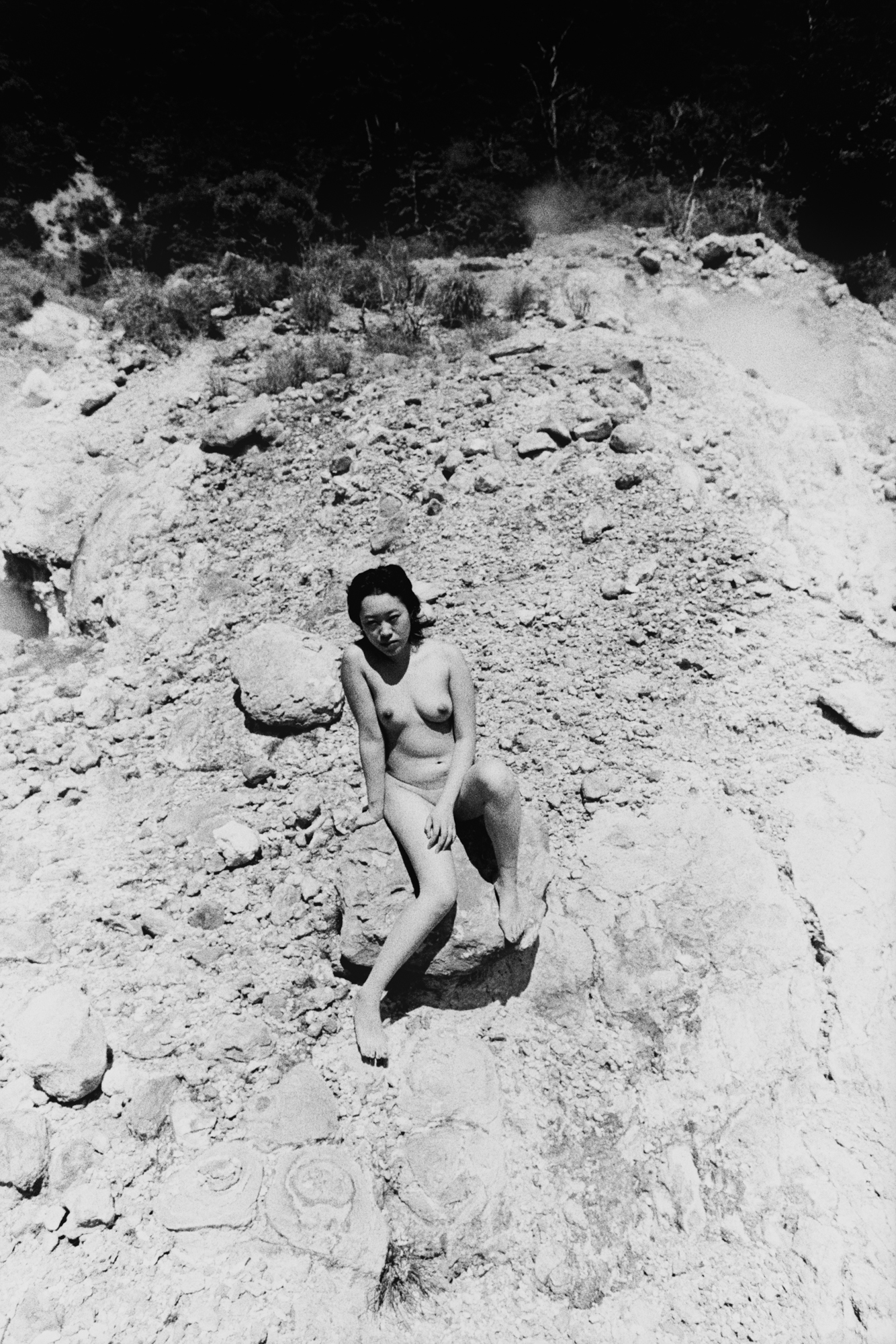
How important is the social aspect?
No matter how many times I visit the springs, I’m always a little nervous. We all get naked, you know. But the people you meet there are very polite and open-minded, which might be different from certain Japanese stereotypes. Hot springs are mentioned in Chronicles of Japan (720 CE) and The Collection of a Myriad Leaves (c. 759 CE), two of the oldest books in Japanese history. It seems that gatherings were often held around a hot spring or a waterside. People would eat, drink and sing songs to find a like-minded partner. In other words, parties! After the Meiji Restoration, when Japan began to adopt western culture, it was considered immodest to be naked in public, so it was banned. Until then, public baths all over Tokyo were mixed bathing. This history of social change was something I thought about a lot when making this book.
Do you think hot spring bathing has the potential to become a kind of subculture, like the skaters or punk rockers you have also photographed?
Well, since ancient times, hot springs have been embraced mostly by elderly people who bathe in them for weeks at a time for health purposes. But I would eventually like to photograph people of all ages. There are photographs by the 20th century documentary photographer Hiroshi Hamaya depicting some 30 people, young and old, male and female, crammed into a tiny bathhouse.
Fans of wild onsen do exist in Japan. In recent years, the internet has made it possible to find them more easily. So far, I’ve made friends through social networking sites and also through my zine. So, there certainly is the potential for this to become a movement for young Japanese people. Following the pandemic, when life became so restricted, I thought I should present this book now.

Tell me about the book’s cover.
I went to the springs with the designer, Yutaro Yamada, and we scanned the beautiful patterns created by the gushing waters and sulphuric acids. Then, we reproduced them using a silkscreen process. Each book was individually soaked by hand in hot water to achieve a bumpy texture. It was hard work. I wouldn’t do it again! But I’m very happy with the cover. It blurs the line between the original and the copy.
No two hot springs are the same, right?
Yes! Each is different in terms of temperature and content. It is said that bathing in hot springs can have many beneficial effects on your health and help with things like cuts, burns, anaemia, neuralgia, hypertension and chronic gynaecological diseases. However, it’s true to say that you can sometimes feel death when you visit those desolate ones where no vegetation grows because of their acidity. In Japan, such places are called hell. Springs have the image of being healthy, but, at the same time, they are poisonous. It isn’t recommended to bathe several times a day in those with strong components. If the body takes in too much, it becomes poisonous, like radiation. Our urban environments are designed to distract people from the thought of death. They are sterile places. At wild hot springs, one feels the fragility of human life.
Do you still play the drums?
No, unfortunately not these days. My book Doors was a kind of performance piece in which I photographed myself playing the drums to probe the essence of photography. That is, a way of seeing and being seen. I would like to do it again to record my own ageing, maybe every four years.
‘ONSEN I’ by Yusuke Yamatani is published by flotsam books.


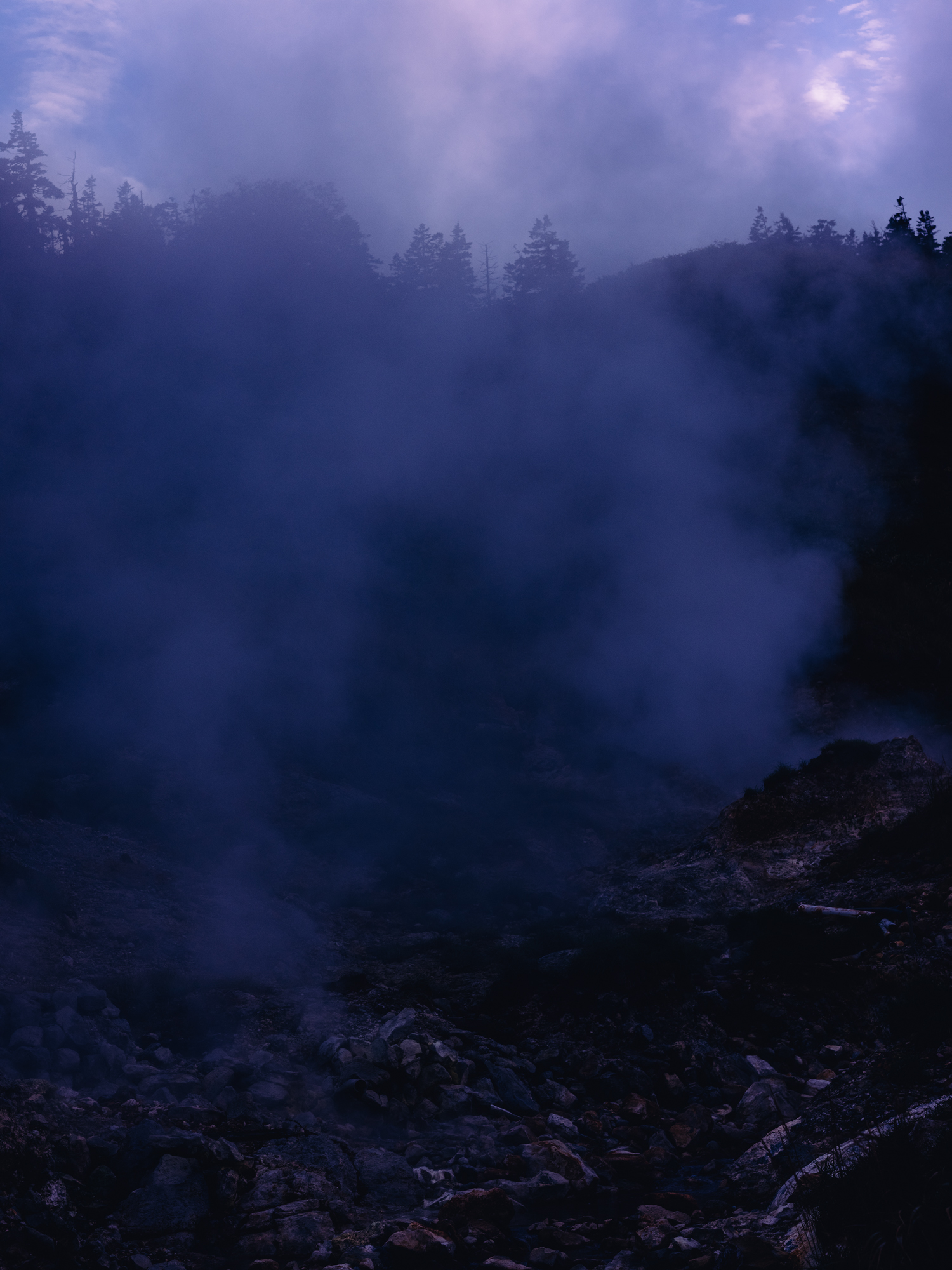
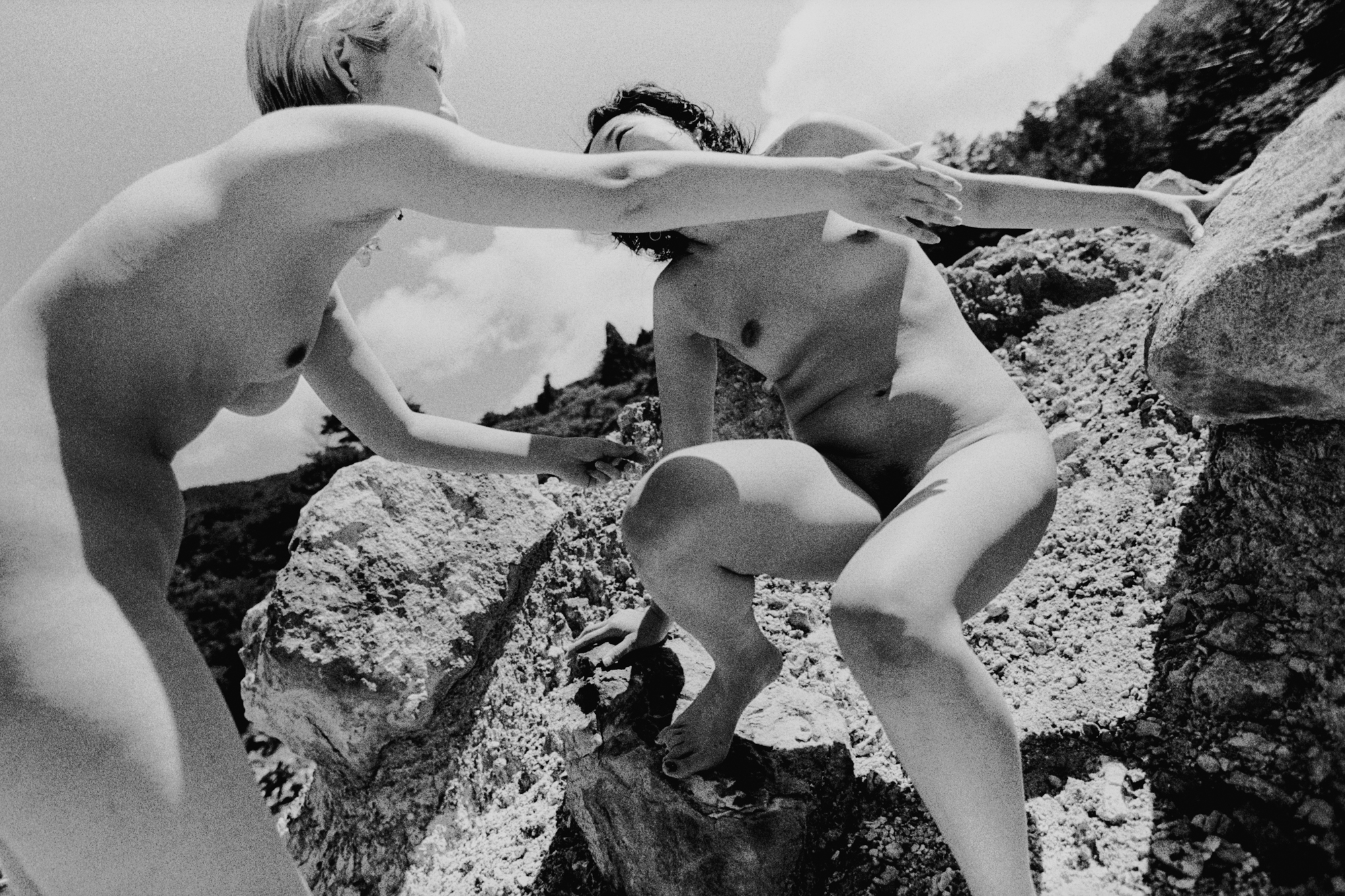
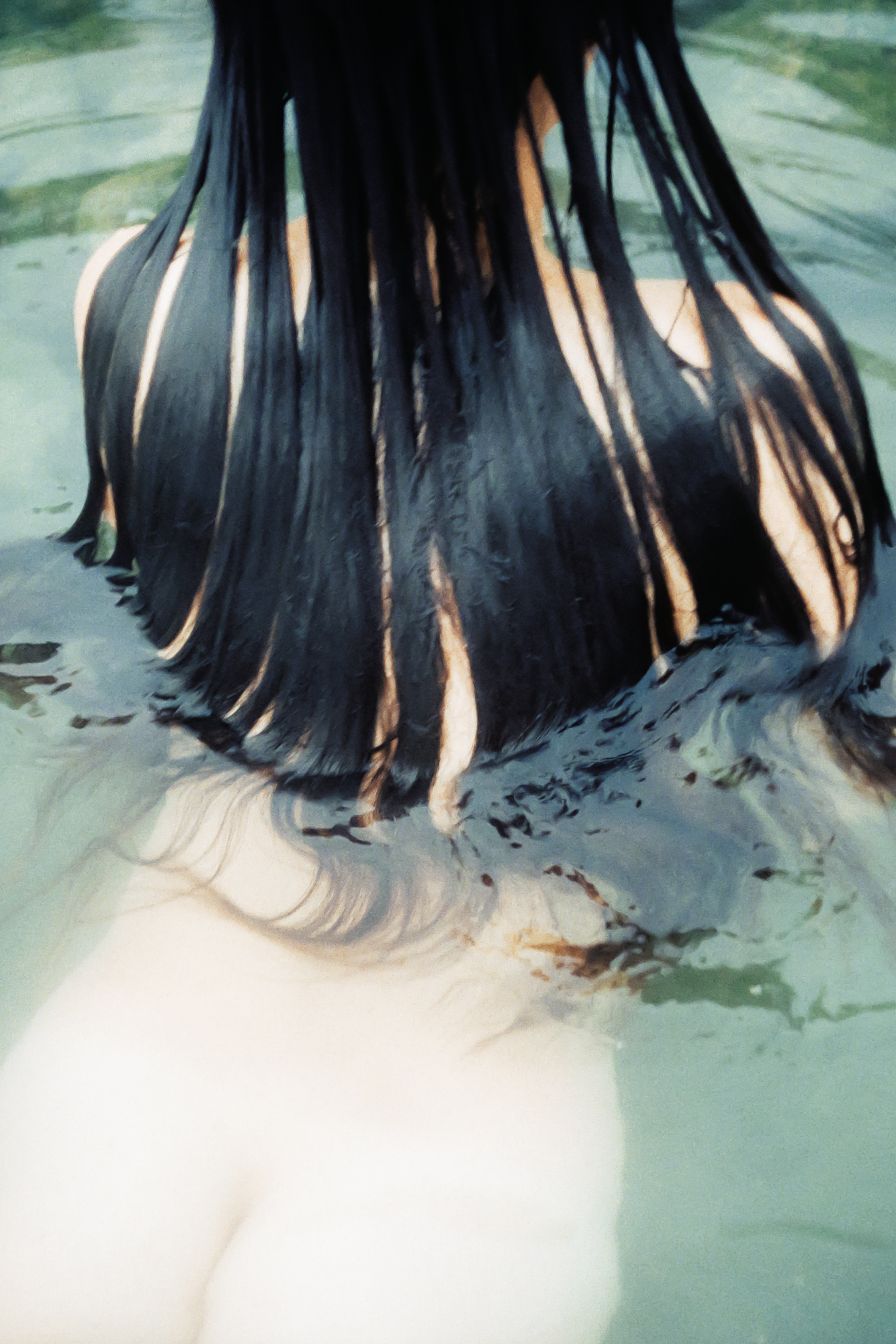

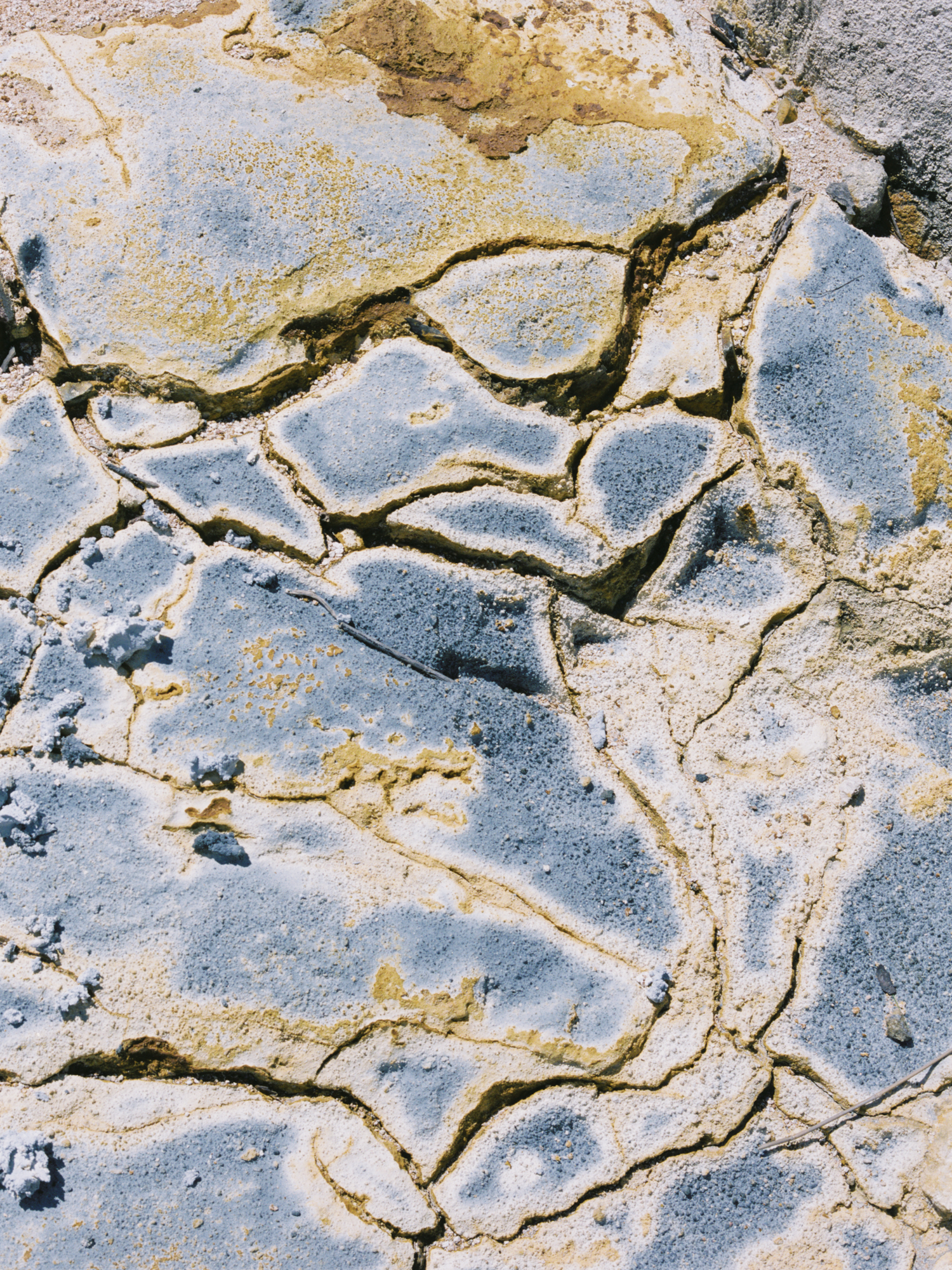
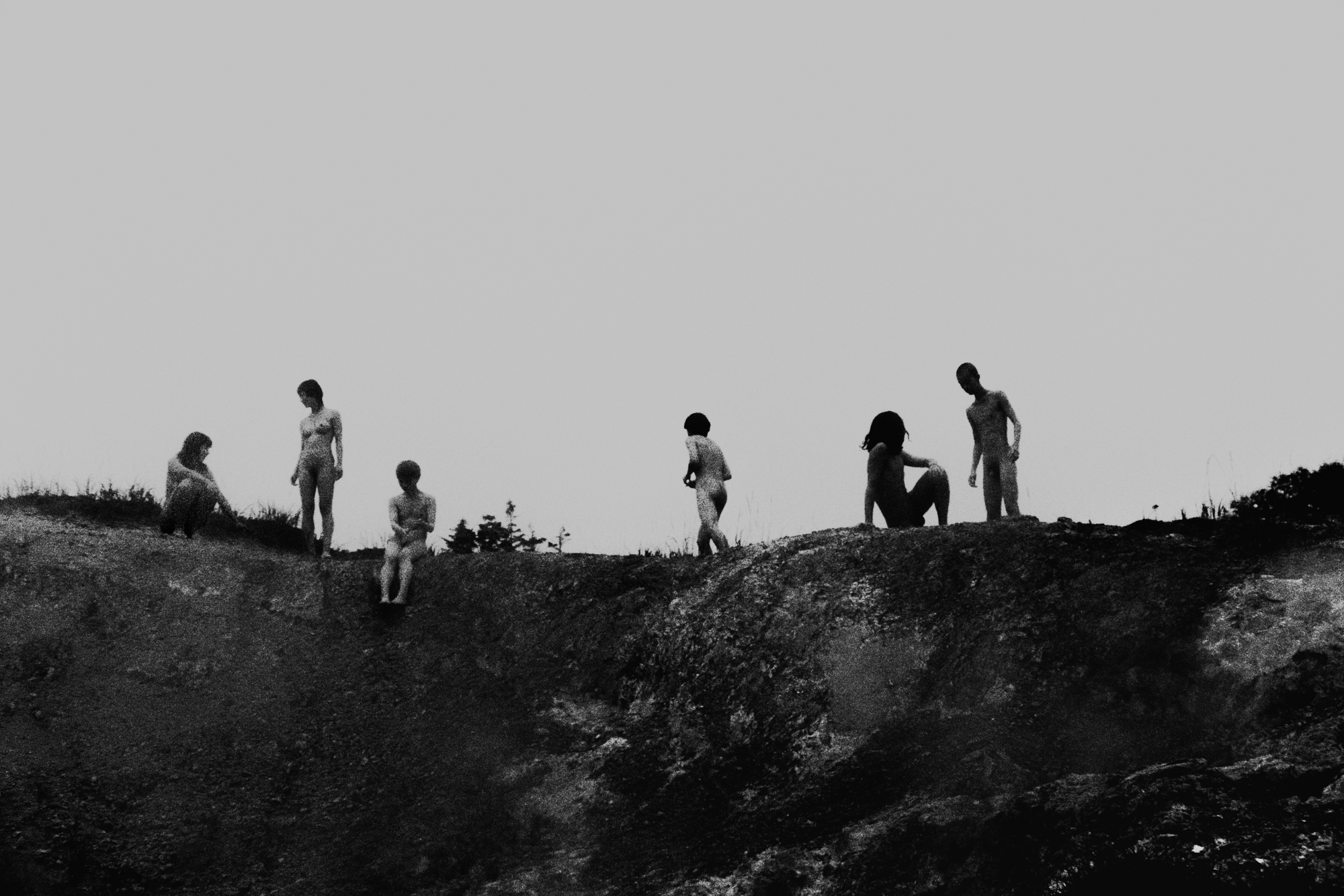
Credits
All images courtesy of Yusuke Yamatani
